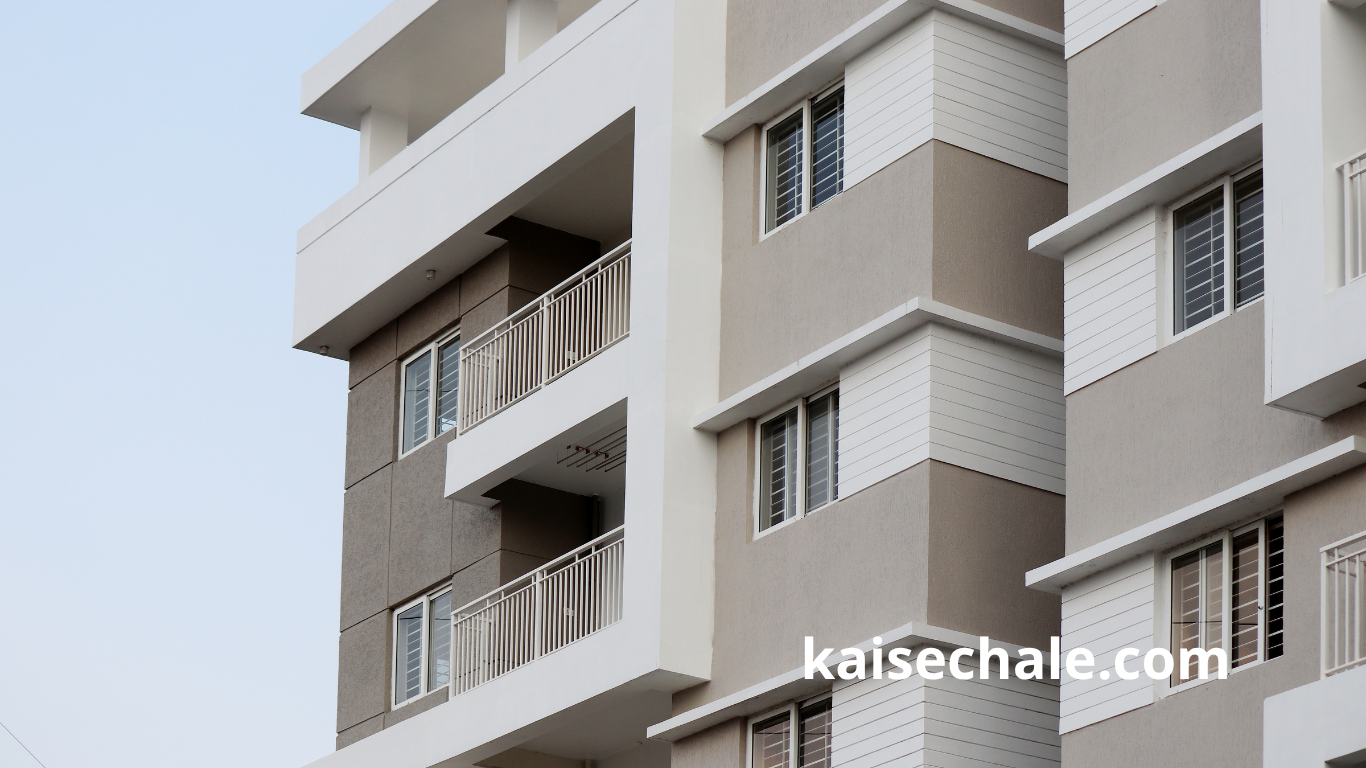
Hindi: #कॉस्टइन्फ्लेशनइंडेक्स #CBDT #संपत्तिविक्रेता #टैक्सराहत #लाभ #इनकमटैक्सEnglish: #CostInflationIndex #CBDT #PropertySellers #TaxRelief #CapitalGains #IncomeTax
हिंदी आर्टिकल
प्रस्तावना
केंद्रीय प्रत्यक्ष कर बोर्ड (CBDT) ने वित्त वर्ष 2025-26 के लिए लागत मुद्रास्फीति सूचकांक (Cost Inflation Index – CII) को 376 पर अधिसूचित किया है। यह बदलाव संपत्ति विक्रेताओं के लिए राहत लेकर आया है, खासकर उन लोगों के लिए जिन्होंने 23 जुलाई 2024 से पहले संपत्ति खरीदी थी। विशेषज्ञों का मानना है कि इससे टैक्स बोझ कम होगा और असली मुनाफे पर ही टैक्स लगेगा, न कि महंगाई के कारण बढ़ी कीमतों पर।
लागत मुद्रास्फीति सूचकांक (CII) क्या है?
CII एक ऐसा टूल है, जिससे संपत्ति की खरीद कीमत को महंगाई के अनुसार एडजस्ट किया जाता है। इससे जब आप संपत्ति बेचते हैं, तो असली लाभ (capital gain) की गणना महंगाई को ध्यान में रखते हुए होती है। इसका उद्देश्य यह है कि टैक्सपेयर्स को केवल वास्तविक लाभ पर ही टैक्स देना पड़े, महंगाई के कारण बढ़ी कीमत पर नहीं।
नया CII और इसका महत्व
CBDT ने 2025-26 के लिए CII को 376 घोषित किया है, जो पिछले वर्ष 363 था। इसका सीधा लाभ उन संपत्ति विक्रेताओं को मिलेगा, जिन्होंने अपनी संपत्ति 23 जुलाई 2024 से पहले खरीदी थी और अब बेच रहे हैं। इससे उनकी खरीद कीमत इंडेक्सेशन के जरिए बढ़ जाएगी, जिससे टैक्सेबल कैपिटल गेन कम हो जाएगा और टैक्स में राहत मिलेगी।
किसे मिलेगा लाभ?
-
वे व्यक्ति जिन्होंने 23 जुलाई 2024 से पहले जमीन, मकान या अन्य अचल संपत्ति खरीदी है।
-
संपत्ति को कम-से-कम दो साल तक होल्ड किया गया हो।
-
इंडेक्सेशन का लाभ केवल रेजिडेंट इंडिविजुअल्स और हिंदू अविभाजित परिवार (HUF) को मिलेगा।
-
गोल्ड, शेयर, बॉन्ड आदि पर अब इंडेक्सेशन का लाभ नहीं मिलेगा।
इंडेक्सेशन कैसे काम करता है?
मान लीजिए आपने 2006-07 में ₹3,00,000 में एक प्रॉपर्टी खरीदी थी, जब CII 122 था। अब 2025-26 में CII 376 है। इंडेक्सेशन के बाद आपकी संपत्ति की कीमत होगी:
(376/122) x 3,00,000 = ₹9,24,590अगर आप इसे ₹12,00,000 में बेचते हैं, तो टैक्सेबल कैपिटल गेन होगा:
₹12,00,000 – ₹9,24,590 = ₹2,75,410बिना इंडेक्सेशन के यह लाभ ₹9,00,000 होता।
विशेषज्ञों की राय
विशेषज्ञों का कहना है कि CII में वृद्धि से संपत्ति विक्रेताओं को महंगाई के असर से राहत मिलेगी। इससे टैक्सेबल लाभ कम होगा और टैक्स बोझ घटेगा। हालांकि, नए नियमों के तहत केवल सीमित मामलों में ही इंडेक्सेशन का लाभ मिलेगा, जिससे इसका दायरा सीमित हो गया है।
नए नियमों का प्रभाव
-
23 जुलाई 2024 के बाद खरीदी गई संपत्तियों पर इंडेक्सेशन का लाभ नहीं मिलेगा।
-
पुराने संपत्ति मालिकों के लिए यह राहतपूर्ण है, क्योंकि वे 20% टैक्स के साथ इंडेक्सेशन या 12.5% फ्लैट टैक्स का विकल्प चुन सकते हैं।
-
कंपनियों, LLPs और नॉन-रेजिडेंट्स को यह लाभ नहीं मिलेगा।
निष्कर्ष
CBDT द्वारा CII को 376 तक बढ़ाने का फैसला संपत्ति विक्रेताओं के लिए राहत लेकर आया है, लेकिन इसका लाभ केवल उन्हीं को मिलेगा जिन्होंने संपत्ति 23 जुलाई 2024 से पहले खरीदी थी। विशेषज्ञों के अनुसार, यह कदम टैक्स बोझ को कम करेगा और असली मुनाफे पर ही टैक्स लगेगा।
English Article
Introduction
The Central Board of Direct Taxes (CBDT) has notified the Cost Inflation Index (CII) at 376 for the financial year 2025-26. This move brings significant relief for property sellers, especially those who purchased their assets before July 23, 2024. Experts believe this will reduce the tax burden, ensuring that only real profits are taxed, not gains arising merely from inflation.
What is the Cost Inflation Index (CII)?
CII is a tool that adjusts the purchase price of an asset for inflation. When you sell a property, the capital gain is calculated after considering inflation, so you pay tax only on the real profit, not on the inflated value due to rising prices.
The New CII and Its Importance
CBDT has set the CII at 376 for 2025-26, up from 363 last year. This directly benefits property sellers who bought their assets before July 23, 2024. Their purchase price will be indexed higher, reducing taxable capital gains and thus the tax liability.
Who Benefits?
-
Individuals who purchased land, buildings, or other immovable property before July 23, 2024.
-
The property must have been held for at least two years.
-
Indexation benefit is available only to resident individuals and Hindu Undivided Families (HUFs).
-
Assets like gold, shares, and bonds no longer qualify for indexation.
How Does Indexation Work?
Suppose you bought a property in 2006-07 for ₹3,00,000 when the CII was 122. In 2025-26, the CII is 376. The indexed cost will be:
(376/122) x 3,00,000 = ₹9,24,590If you sell it for ₹12,00,000, the taxable capital gain will be:
₹12,00,000 – ₹9,24,590 = ₹2,75,410Without indexation, the gain would have been ₹9,00,000.
Expert Opinion
Experts state that the increase in CII provides a cushion against inflation for property sellers, reducing taxable gains and the overall tax burden. However, the scope of indexation has been narrowed, and only specific cases now qualify for this benefit.
Impact of the New Rules
-
No indexation benefit for properties purchased after July 23, 2024.
-
For older properties, sellers can choose between 20% tax with indexation or a flat 12.5% tax without indexation.
-
Companies, LLPs, and non-residents are not eligible for this benefit.
Conclusion
The CBDT’s decision to raise the CII to 376 offers relief to property sellers, but only those who purchased before July 23, 2024, will benefit. According to experts, this move will ensure that only real profits are taxed, reducing the tax burden for eligible sellers.







